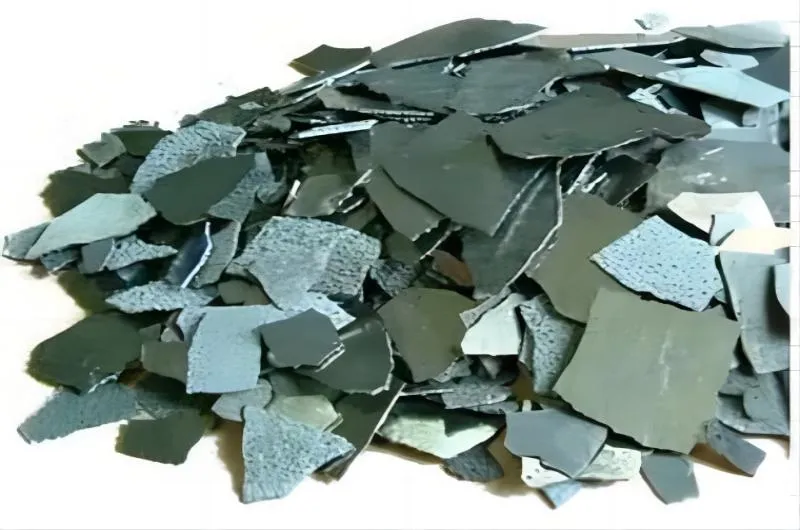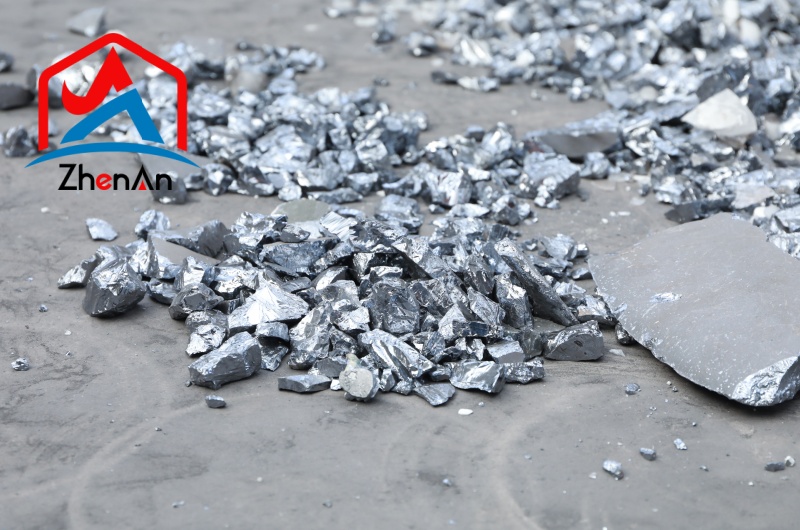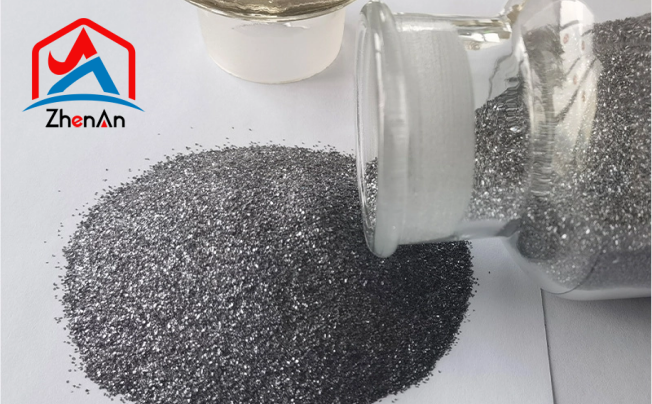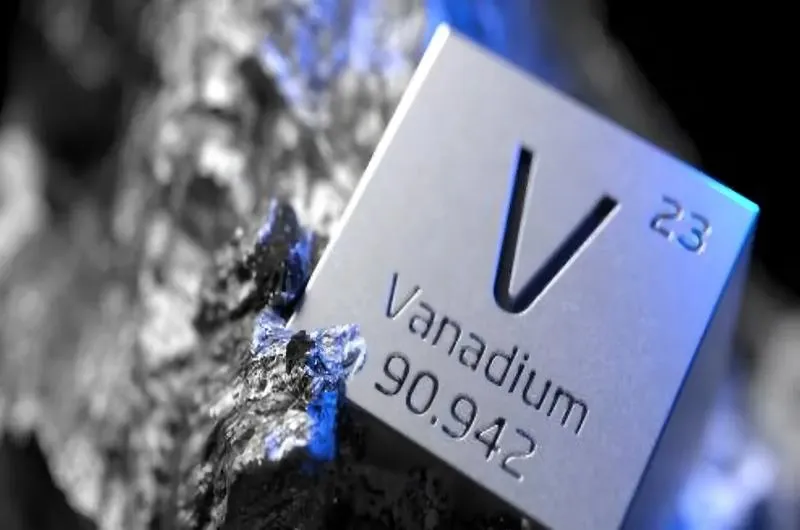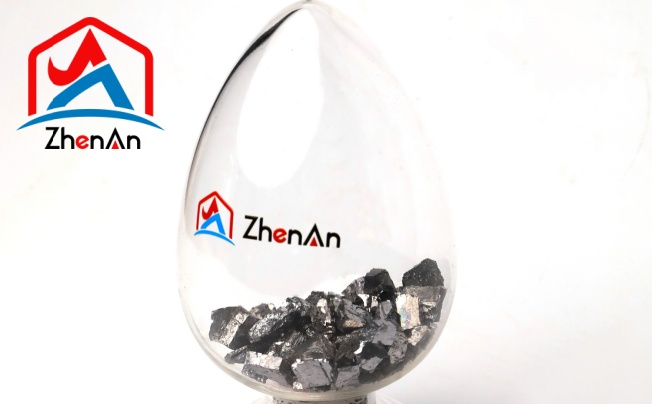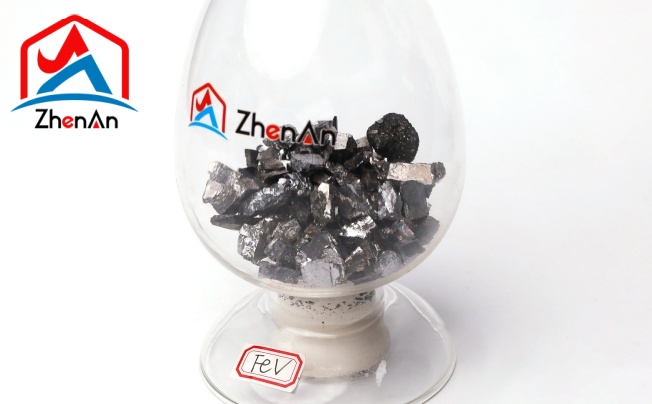BY  GENN
GENN
2024/05
Blog
Is Manganese Metal Safe?
Properties of Manganese Metal
Color of Manganese
Manganese metal exhibits a lustrous, silvery appearance when freshly cut, resembling the gleam of polished silver. However, over time, it tends to develop a characteristic pale pinkish tint due to surface oxidation.
This transformation in color can be attributed to the formation of manganese oxide layers on the metal’s surface. The interplay between light and these oxides creates an intriguing visual effect that sets manganese apart from other metals.
Density Insights
With a density of approximately 7.43 grams per cubic centimetre, manganese metal possesses a moderate weight compared to other common metals. This density contributes to its durability and strength, making it a valuable component in various industrial applications. The compact atomic structure of manganese lends itself to efficient bonding with other elements, allowing for the creation of robust alloys that are vital in sectors such as manufacturing and construction.
Melting Point Musings
Manganese metal boasts an impressive melting point of around 1,246 degrees Celsius (2,275 degrees Fahrenheit), showcasing its ability to withstand high temperatures without losing structural integrity. This property makes manganese a sought-after element for processes requiring heat resistance and durability, such as steelmaking and metallurgical applications. Understanding the melting point of manganese is crucial for ensuring optimal processing conditions in industrial settings where precise temperature control is paramount for successful outcomes.
Uses of Manganese Metal
Steel Production and Metallurgy
Manganese metal plays a crucial role in the steel industry, where it is commonly used as an alloying agent to enhance the properties of steel. By adding manganese to steel, it helps improve its strength, toughness, and hardenability. This results in high-quality steels that are widely used in construction, automotive manufacturing, and infrastructure projects.
Manganese also acts as a deoxidizer during the steelmaking process, ensuring cleaner and more uniform steel production. Moreover, manganese’s ability to form austenite with iron allows for the creation of high-manganese steels that exhibit excellent wear resistance and durability. These specialty steels find applications in mining equipment, rail tracks, and industrial machinery where abrasion resistance is paramount. The unique combination of properties imparted by manganese makes it an indispensable element in modern steel production processes.
Battery Manufacturing
In recent years, manganese metal has gained prominence in battery manufacturing due to its use in lithium-ion batteries. Manganese acts as a cathode material in these batteries, contributing to their stability and high energy density.
The inclusion of manganese enhances the safety and performance of lithium-ion batteries by reducing the risk of thermal runaway and improving overall battery life. Furthermore, manganese-based batteries offer a cost-effective alternative to traditional lithium-ion batteries by utilizing abundant raw materials and simplifying production processes.
The scalability of manganese-based battery technology makes it an attractive option for electric vehicles, grid storage systems, and portable electronic devices. As research continues to optimize manganese’s role in battery chemistry, its potential for revolutionizing energy storage solutions looks promising.
Pigment Production
Manganese metal finds application in pigment production as a key component in creating various colors used in paints, ceramics, plastics, and cosmetics. Manganese oxides are renowned for their vibrant hues ranging from black to brown to purple depending on oxidation states.
These pigments offer excellent lightfastness and chemical stability, making them ideal for long-lasting coatings that withstand environmental exposure. Beyond coloration, manganese pigments possess catalytic properties that enable their use as additives in catalysts for chemical reactions or environmental remediation processes.
Their versatility extends to agricultural applications, where they serve as micronutrient supplements, enhancing plant growth and vitality. The multifaceted nature of manganese pigments underscores their significance not only in aesthetic industries but also in functional domains where performance matters most.
Health Risks from Exposure
Manganese metal, when improperly handled or inhaled, poses significant health risks to individuals. Inhalation of manganese fumes or dust particles can lead to severe respiratory issues such as bronchitis, pneumonia, and even pulmonary edema.
Prolonged exposure to manganese through inhalation may result in the accumulation of the metal in the lungs, leading to a condition known as manganism. This neurological disorder presents symptoms similar to Parkinson’s disease, including tremors, muscle stiffness, and impaired motor skills.
Neurological Effects
One of the most concerning health risks associated with manganese exposure is its impact on the nervous system. Manganese has been shown to accumulate in the brain over time, disrupting neurotransmitter function and potentially causing irreversible neurological damage.
Studies have linked high levels of manganese exposure to cognitive deficits, mood disorders, and even psychiatric symptoms. The mechanisms by which manganese exerts its neurotoxic effects are complex and not yet fully understood but underscore the importance of strict safety measures when working with this metal.
Long-Term Health Implications
The long-term health implications of chronic manganese exposure extend beyond immediate respiratory and neurological effects. Research has suggested a possible link between prolonged manganese exposure and an increased risk of developing neurodegenerative diseases such as Parkinson’s disease later in life.
Furthermore, studies have highlighted potential cardiovascular impacts and reproductive health concerns associated with elevated levels of manganese intake. These findings emphasize the critical need for stringent safety protocols and regulatory measures to minimize human exposure to this potentially hazardous metal.
Ways to Ensure Safe Handling of Manganese Metal
Personal Protective Equipment Recommendations
When working with manganese metal, it is crucial to prioritize personal safety by using the appropriate protective equipment. This includes wearing gloves, long-sleeved clothing, and safety goggles to prevent skin contact and eye irritation. Respiratory protection in the form of masks or respirators is essential when there is a risk of inhaling manganese dust or fumes.
Additionally, it is advisable to use face shields or other protective gear when handling molten manganese to avoid splashes and burns. Regularly inspecting and maintaining personal protective equipment is also important to ensure its effectiveness in safeguarding against potential hazards.
Proper Ventilation in Work Areas
Adequate ventilation plays a vital role in minimizing the risk of exposure to airborne manganese particles in work environments where manganese metal is present. Proper ventilation systems should be in place to ensure that any dust or fumes generated during handling or processing are effectively removed from the air.
This can help maintain air quality and reduce the concentration of manganese particles that workers may inhale. Regular monitoring of ventilation systems and ensuring their proper functioning are necessary steps to create a safe work environment free from excessive levels of airborne contaminants.
Regulatory Guidelines and Safety Protocols
Compliance with regulatory guidelines and adherence to established safety protocols are fundamental aspects of ensuring the safe handling of manganese metal in various industrial settings. Employers have a responsibility to provide training on the safe usage of manganese metal, as well as access to relevant safety data sheets outlining potential hazards and recommended practices.
Following established safety protocols, such as proper storage procedures, spill response protocols, and waste disposal methods, can significantly reduce risks associated with handling manganese metal. Regular inspections, risk assessments, and emergency preparedness planning should be integral parts of workplace safety programs aimed at mitigating potential dangers linked with manganese exposure.




